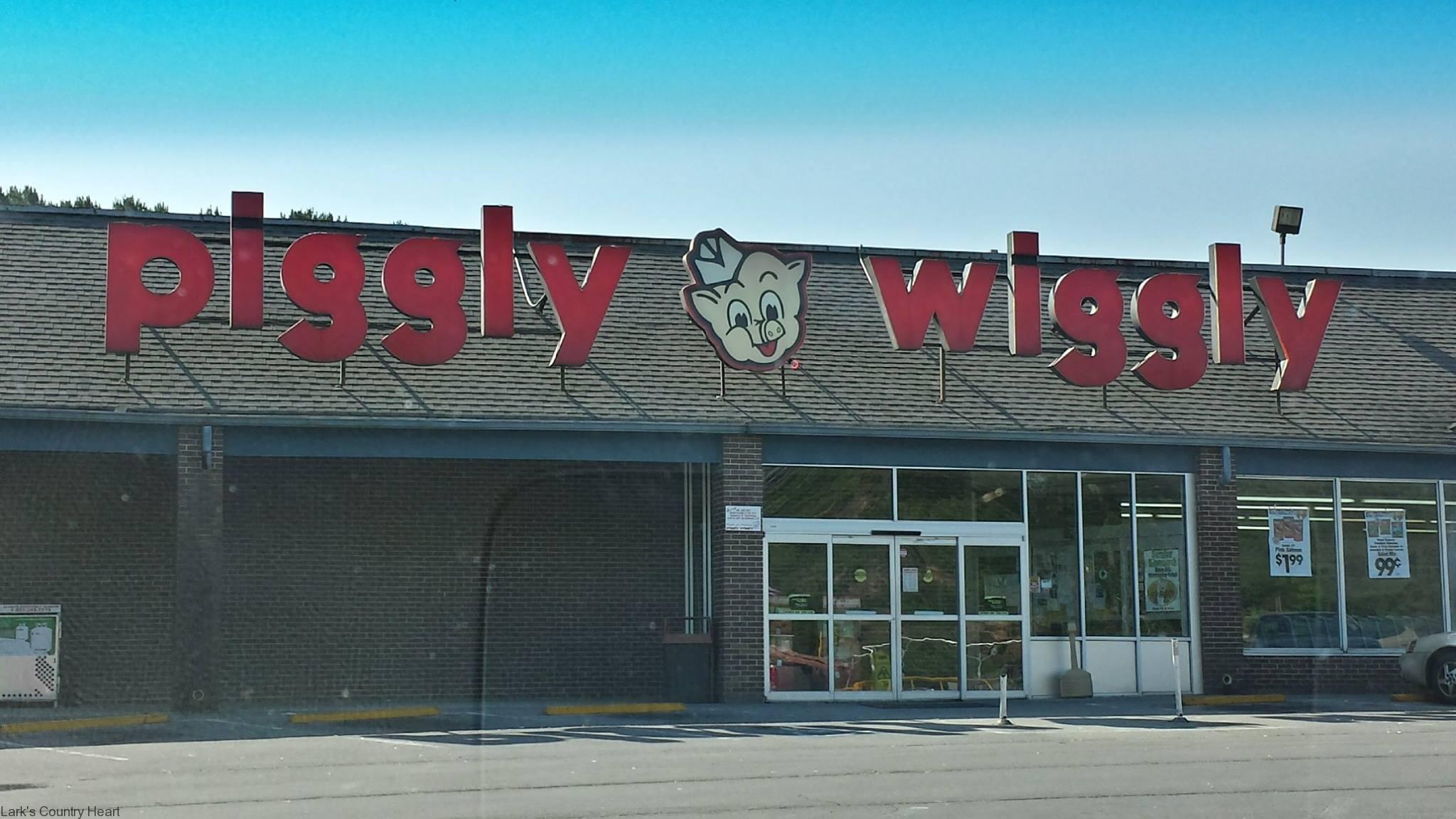
came into existence, Saunders could promise that this was a “once in a lifetime opportunity,” and get away with it. Saunders pointed out that Piggly Wiggly stock paid a $1 per quarter dividend, yielding 7% to investors. Saunders regularly advertised his stores in the newspapers, and he used some of these ads to offer shares to small investors. He announced that he would issue 50,000 shares of Piggly Wiggly shares at $55 each.

In January, the Chicago Exchange announced that the stock had been cornered, though the NYSE denied that a corner existed. Piggly shares were traded on both the Chicago and New York Stock Exchanges. The bears had shorted Piggly Wiggly stock in the 40 range, but by January, Saunders’ bull campaign had pushed the price of shares past 60. Within a week, Livermore had bought 105,000 shares of Piggly Wiggly, over half the float of 200,000 shares. Livermore, the most famous bear on Wall Street, to help him break the back of the bear raiders. Nevertheless, Saunders refused to give in to the Wall Street city slickers. Companies didn’t go bankrupt because of bear raids, and if the fundamentals of the company were sound, the stock would bounce back after the bear raid was over. In the Wall Street of the 1920s, bear raids came and went. Saunders not only used his own money to battle the shorts, but he borrowed ten million dollars from a group of bankers in Memphis, Nashville, New Orleans, Chattanooga and St. Saunders decided to “beat the Wall Street professionals at their own game.” He had created Piggly Wiggly stores, created the concept of self-shopping, was spreading his stores across the country, and some bears were trying to create profits by spreading lies about his stores. The bear raiders began selling PIggly Wiggly short and spread rumors that the company was in poor shape. Although Saunders’ corporation operated independently of these stores and was profitable, some Wall Street operators saw this as a reason to begin a bear raid on Piggly Wiggly stock.

In November, 1922, several of the independently-owned Piggly Wiggly stores in New York, New Jersey and Connecticut failed and went into receivership. Piggly Wiggly shares started trading over-the-counter in July 1920 and listed on the New York Stock Exchange (NYSE) in June 1922. The whole process can end up bankrupting both the shorts and the bulls. The price of the stock can collapse, leaving the bulls with a burdensome load of debt. Once the corner is completed and the shorts have covered their positions at the inflated price, little demand is left for the stock. Of course, creating a corner is risky for the bulls as well because it takes a lot of resources to buy up the float in the stock. The shorts have no choice but to buy the stock from the bulls at whatever price they demand. If the bulls can buy up the existing float, the stock is cornered. The bulls, on the other hand, can try and beat the shorts by forcing the price of the stock up, squeezing the shorts and forcing them to sell at a loss. In a bear raid, several shorts make a concerted effort to drive the price of a stock down so they can profit from the decline. When the stock declines in price, the shorts buy the shares back at a lower price, make a profit, and then return the stock to the person they borrowed it from. The goal of shorting a stock is to borrow shares from someone who owns them and sell them. Saunders became known as the home boy who faced off the financiers of Wall Street who were using a bear raid to try and profit from a decline in Piggly Wiggly stock. Clarence Saunders was generous, determined, stubborn, and well-known in Memphis. The corner became so prominent, that the whole affair became known as the Piggly Crisis. Unfortunately, in 1923, Saunders had lost control over his Piggly Wiggly stores.Ĭlarence Saunders also became part of the last stock corner on the New York Stock Exchange in 1923. By 1922, there were over 1,200 Piggly Wiggly Stores of which about 650 were owned by Saunders, and by 1932, there were 2,660 Piggly Wiggly stores with sales of $180 million. Saunders incorporated the Piggly Wiggly Stores Corp. Saunders patented the idea of self-service stores in 1917. Every item in the store had a price on it, another innovation, and Saunders provided shopping baskets so customers could take their items to a check-out stand in front. Each store had a turnstile at the entrance. Saunders opened up his first Piggly Wiggly store on Septemat 79 Jefferson Ave. This system later inspired Toyota to apply the same concept to automobiles which helped Toyota to control costs and conquer the globe.

Saunders also developed a just-in-time delivery system to get food to his Piggly Wiggly stores.
#PIGGLY WIGGLY LITTLE CHUTE FREE#
Saunders wanted to free customers from the tyranny of clerks by letting them do their own shopping. Saunders was obsessed with the idea of efficiency, and thought that customers wasted a lot of time waiting on clerks.


 0 kommentar(er)
0 kommentar(er)
